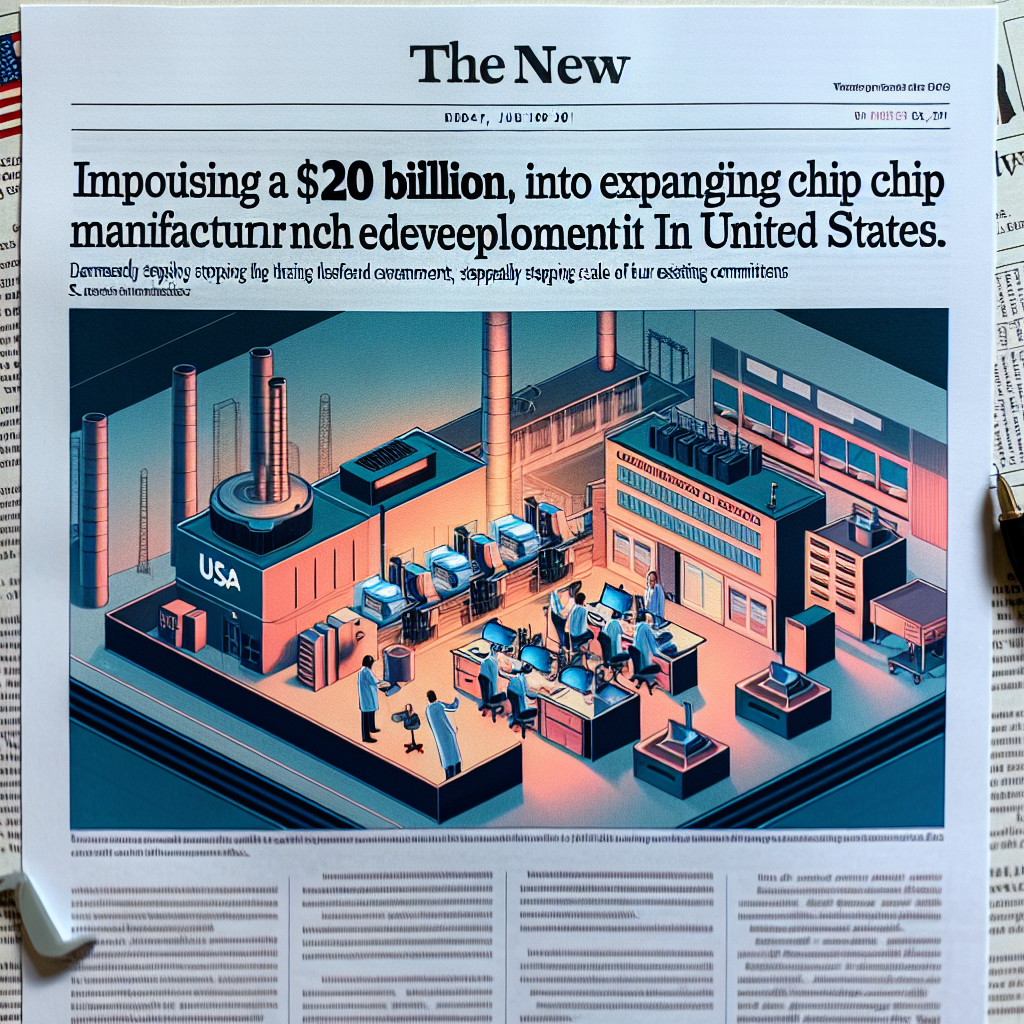Today, on June 12th, the U.S. chip manufacturer Micron Technology announced that it will inject an additional $20 billion into expanding chip manufacturing and research and development in the United States on top of existing investments. This move is another achievement of the Trump administration’s initiative to bring chip manufacturing back to the U.S.
According to a statement from the U.S. Department of Commerce, Micron will build and expand wafer fabrication plants in Idaho, New York, and Virginia. Commerce Secretary Howard Lutnick stated that this investment will bring back the complete memory chip manufacturing supply chain to U.S. soil, enhancing America’s competitiveness in key industries such as artificial intelligence, automotive electronics, aerospace, and defense.
Micron is currently the only advanced memory chip manufacturer headquartered in the United States. The Department of Commerce noted that this investment is expected to bring 90,000 job opportunities to the three aforementioned states, strengthen America’s packaging and R&D capabilities for high-bandwidth memory, and further reduce dependence on overseas supply chains.
Micron revealed that out of the $20 billion investment, approximately $15 billion will be allocated for production expansion and $5 billion for research and development. In Idaho and New York, Micron has already received subsidies under the “Chip Act,” and is now expected to receive an additional $275 million in funding.
In New York, Micron plans to establish up to two new wafer fabrication plants to further expand production capacity. Micron had previously committed to investing $125 billion in building factories, and this additional investment is around $30 billion.
However, the complete timeline has not been disclosed yet. In recent years, Micron’s annual capital expenditure budget has ranged between $7 billion and $12.5 billion.
Lutnick expressed that this unprecedented investment will ensure that the United States maintains its technological edge for decades to come.

